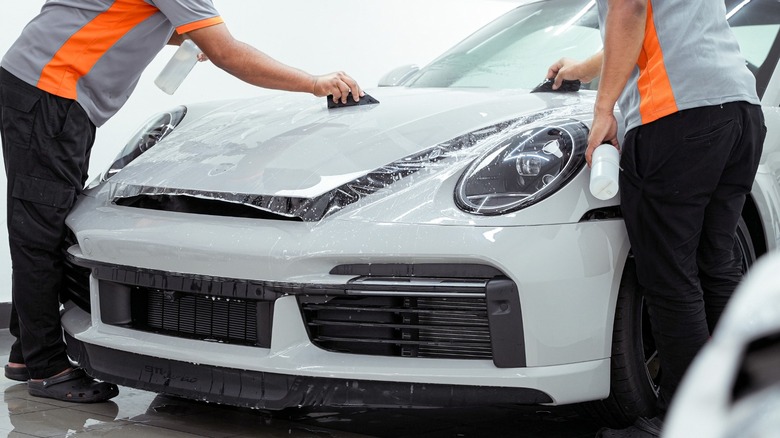
vajidaly/Shutterstock
Cars are huge assets that can cost a lot of money. While the cheapest new cars in the world go from less than $5,000 to about $10,000, they’re all not available in the U.S. Even the most affordable brand new cars stateside will cost close to $17,000.
Advertisement
If you’re spending that kind of money, even if you’re financing your ride, you’d likely want to apply some sort of protection to avoid scratches and other minor damages from accumulating on the paint of your new vehicle. One of the best ways to do this is to use paint protection film (PPF) — but what exactly is it?
So, let’s look at in detail at what PPF is, how it works, and what to expect from it. Of course, we’ll also look at its disadvantages, if there are any alternatives to PPF, and what to look out for if you want to install PPF for your ride, whether new or not. I’m speaking from experience, as I’ve recently bought a car and considered getting PPF for it. I ultimately chose a different form of paint protection after considering many factors (which I’ll explain later), but if you’re getting a new ride (or maybe even getting a completely new paint job for your old one), then you should at least check out PPF to keep your car immaculate for much longer.
Advertisement
What is paint protection film?
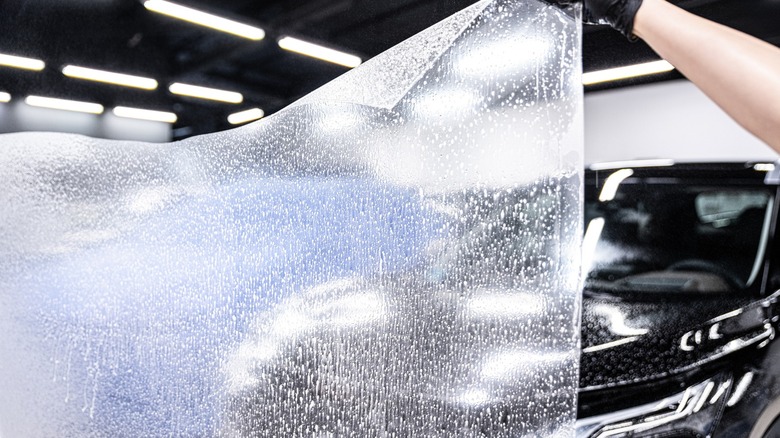
Daniel Jedzura/Shutterstock
Paint protection film is just like what is says on its name — it’s film that you apply on your car to protect its paint. Think of it like the screen protection film you can apply on many phones, where the film would absorb scratches and other light damage instead of your car itself.
Advertisement
But the difference between the screen protector on your smartphone and PPF is that the latter is more robust. That’s because your car is often exposed to harsh conditions, like sun, rain, and snow, so it must be resistant to weather, ultraviolet radiation, and the elements. Aside from that, it should be able to withstand rock chips, road chemicals, rain and grime, and constant washing — all without fading or cracking. PPF is usually made from durable thermoplastic urethane film, so it’s highly durable, flexible, and offers excellent tensile strength.
Furthermore, it’s much more difficult to install. After all, phones are typically flat slabs of glass, except for a few models that used rounded edges. On the other hand, cars have many different surfaces and curves, so installing PPF is far more complicated and involved than just putting the film on the surface you need to protect and then swiping out the bubbles.
Advertisement
What kind of protection does PPF bring?
The toughness of PPF will ensure that your car’s topcoat won’t get damaged when rocks and debris hit your vehicle. While PPF will not stop dents from occurring, it will make repairs much easier as you do not have to retouch the paint chip or even repaint a panel if you get minor damage. The only thing you need to do is to head to your trusted body shop and ask for paintless dent removal. Depending on the damage, you might not even need to replace the PPF on the affected panel.
Advertisement
High quality PPF is self-healing, so even if you get minor scratches, you can use a heat gun and these scratches will disappear. PPF also has some hydrophobic qualities, so rain water would more easily slide off your car’s body, taking dust and dirt with it and helping keep your car looking clean and shiny.
What are the cons of PPF?
PPF is one of the best ways you can protect the paint job of your car. However, it also has some drawbacks. For example, cars with intricate designs could be more difficult to protect with PPF, especially as the film might have trouble adhering to tight crevices. An experienced installer would be able to make it disappear by cutting the film right exactly on the edge, but their skills would likely be more expensive.
Advertisement
You also have to choose high-quality film if you want the protective film on your car to last longer and not damage its paint. This means you’d want to spend more money upfront to get the best PPF films. If you go for cheaper, less reputable brands, they could end up with cracking and yellowing over time and removing them from your car without damaging its paint could take up a lot of time and labor — ergo costing you more when it’s time to replace the film.
Finally, the biggest con of PPF is its cost. PPF is expensive, especially if you want to cover your car completely. You could also choose to protect just the most vulnerable parts of your car — the front bumper, front fenders, hood, and mirrors — to save money. However, if you get scratches and rock chip damage on other parts of your car, you might regret not going for the full service.
Advertisement
How much does PPF cost?
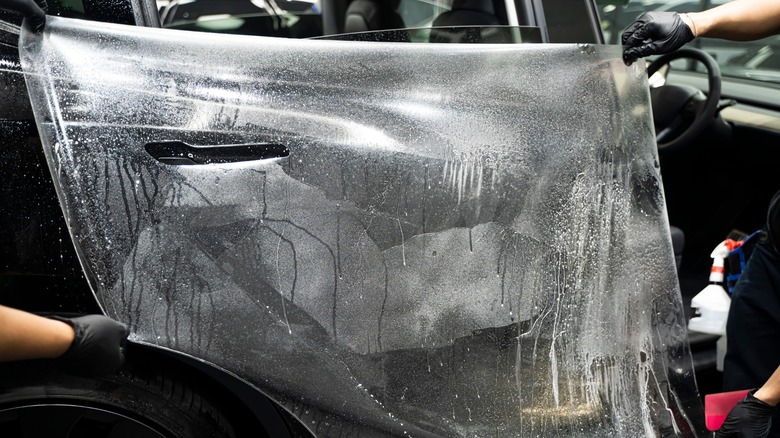
FOTOmcfly/Shutterstock
This is a difficult question to answer, as PPF application cost varies between car models, what type of film you get, the region you live, the expertise of the body shop doing the application, and several other factors. But let’s look at some ballpark figures to give you some idea before heading to a body shop for a quote.
Advertisement
A partial front application, which only fully covers the front bumper and some parts of the hood and front fenders, could cost around $1,100 or more. A full front application, which completely covers the front bumper, front fenders, hood, and mirrors, can start around $1,650. If you want to protect the lower parts of your doors and rear bumper, expect to pay at least $2,000 or more. Remember that these prices are just ballpark figures, and they’re subject to change depending on the condition of your car and your location.
But if you want complete protection for your entire car, you’ll have to ask for a quote, as prices will vary. Whether you’re getting a partial front PPF protection or going for complete coverage, we always recommend getting price quotes from at least three shops, so you know you’re getting the best price.
Advertisement
Should you install PPF on your car?
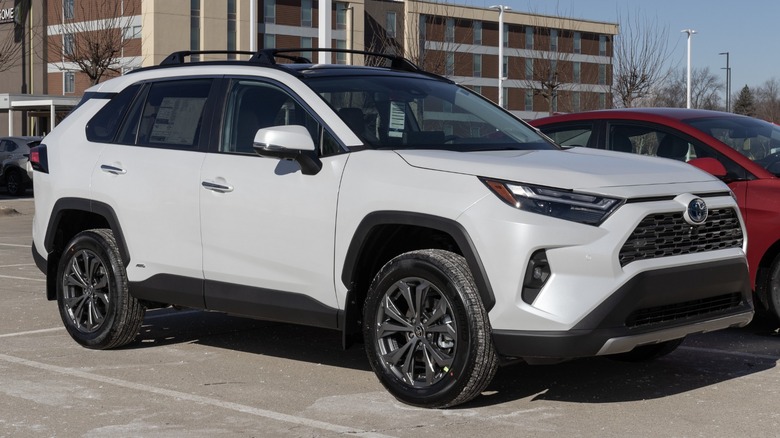
Jetcityimage/Getty
This is the million-dollar question many new car owners ask, and, unfortunately, there’s no straightforward yes or no answer to it. The biggest thing I asked myself when I received my new car last year was, «how much was I willing to spend to keep my car looking good?»
Advertisement
The final cost of my SUV was about $23,500 when I bought it new, and when I asked for a quote for a full body PPF, I was quoted about $2,200. However, my area in the Philippines has a considerable lower labor cost than cities like LA or NYC, so your mileage may vary. I also only budgeted 5% of my car’s value towards accessories, paint protection, and other expenses — around $1,175. Since I spent a few hundred dollars on floor mats, some of the best trunk organizers on Amazon, a couple of the top RAV4 cargo accessories, and an undercoat, I had even less left over for paint protection.
I also plan to upgrade my car in five years, so I thought that putting PPF on it is not worth the money, despite my ride having one of the best paint jobs I’ve ever had. Nevertheless, if my car cost around $45,000 or more, I would’ve gone for the complete PPF treatment, since I could most likely afford the higher price of PPF if I’m spending that much. Still, that is just my choice — you don’t have to get PPF even if your car is worth over a million dollars.
Advertisement
But if you’re still keen on getting PPF for your car, you can opt to cover the most vulnerable parts instead. Although some parts will be left unprotected, areas which have a higher likelihood of damage would stay safe.
What is the alternative to PPF?
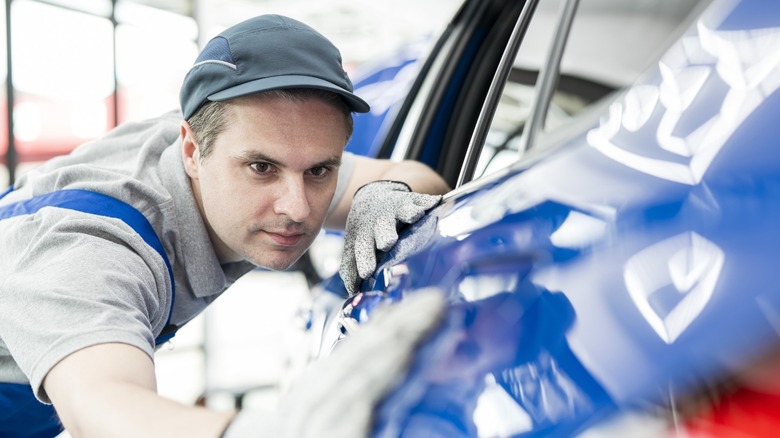
Nitat Termmee/Getty & undefined
Despite not going for the PPF treatment, I knew that I had to take a couple of steps to protect it paint. So, instead of PPF, I opted for the cheaper ceramic coating treatment on it. Ceramic coatings work to protect your car’s paint by applying a liquid polymer shield to its topcoat — similar to how PPFs work. While PPFs are far tougher and resilient, a ceramic coating should provide some level of protection to your paint at a fraction of the price.
Advertisement
You can even apply ceramic coating to your car at home, while PPF application is often done by professionals. Since I didn’t have the time to do it myself, I went to a professional applicator whose specialty was doing ceramic coating treatments, and I was quoted around $400 for it — less than 20% of the price of the full PPF coverage.
Of course, it offered less protection, and I slightly regretted not getting the PPF after a stone hit my fender, dented it, and chipped the paint. I saw the same exact thing happen to another car that had PPF, and all the shop did was remove the dent using paintless dent removal techniques and replace the PPF on the affected panel, and it’s as if nothing happened. I’m happy with the effect that ceramic coating brought to my car’s look. But if I had a bigger budget, my car would definitely be sporting a PPF wrap.
Advertisement